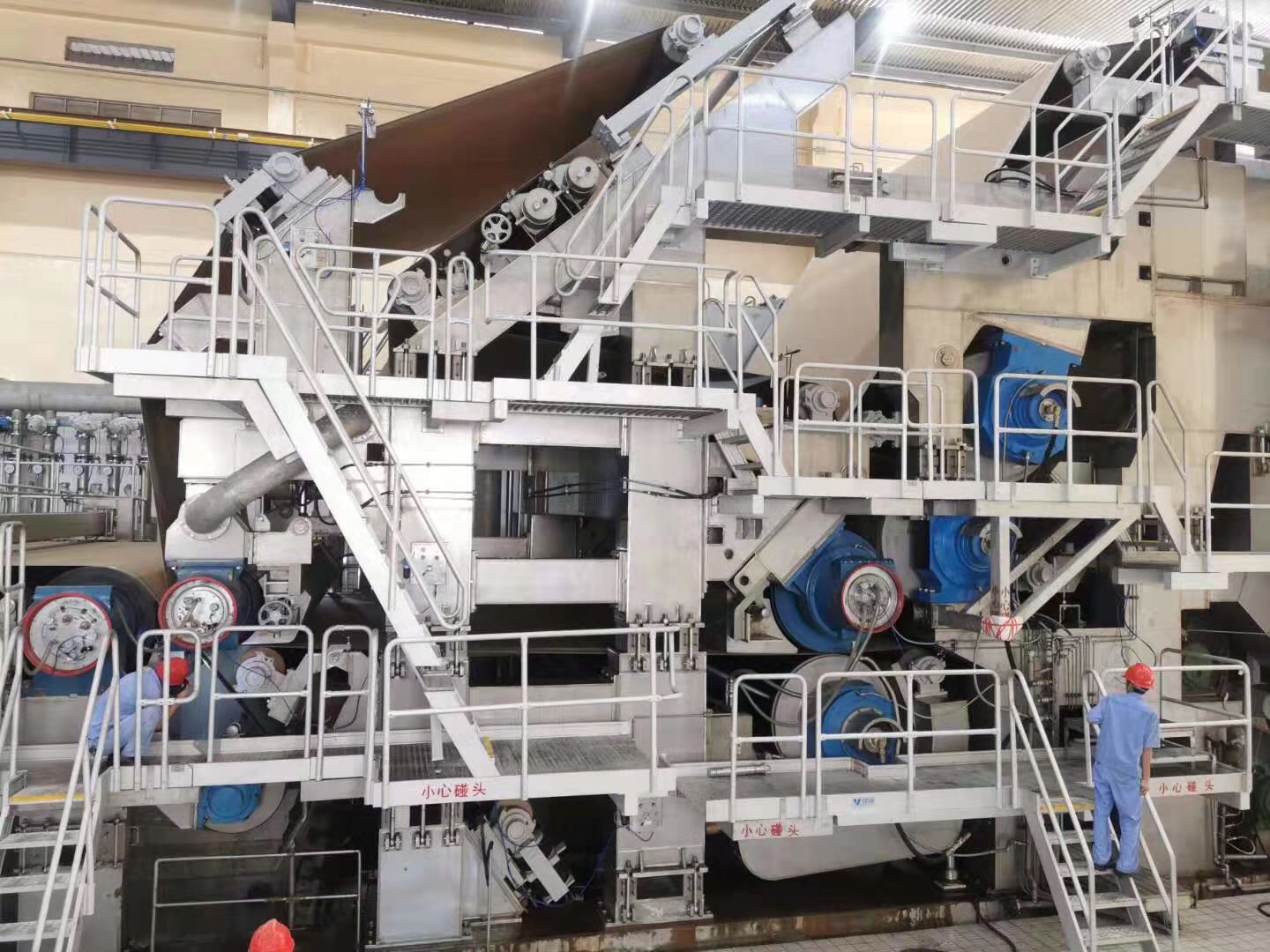Date:2024-01-17Column:Industry news
What are the main causes of paper machine malfunctions?

1. Wear and tear: Reason one is the wear and tear of components and
equipment that come into contact with copper mesh, woolen cloth, pulp, and
formed paper for a long time, such as pulp pumps, pulp crushers, desanders,
vacuum box panels, press rollers, calendering rollers, etc; Reason 2: Parts that
move relatively frequently between components, such as scrapers, inlet heads,
cylinders, vacuum rollers, vacuum pumps, etc. 2. Lubrication: Mechanical rotation cannot be separated from bearings.
Paper machines, mainly composed of rotating rollers, have a wide variety of
types and quantities of rollers, with hundreds of different types of bearings.
Therefore, lubrication management work is very important, especially affected by
water, high temperature, and heavy loads. Lubricating oil (grease) is prone to
loss, evaporation, and aging, which can damage the lubrication effect, cause
bearing damage, and shaft head wear. Therefore, regular inspections and
refueling are essential. 3. Fatigue: Heavy load and continuous operation of machinery are prone to
fatigue failure. On paper machines, due to the constraints of mechanical
structure and operating principles in certain parts, the design strength of
components (such as mesh table shaking spring plate, electromagnetic clutch
suction cup, coupling overload prevention pin, etc.) should not be too large to
avoid damage. The solution can be taken through measures such as maintenance and
technological improvements.